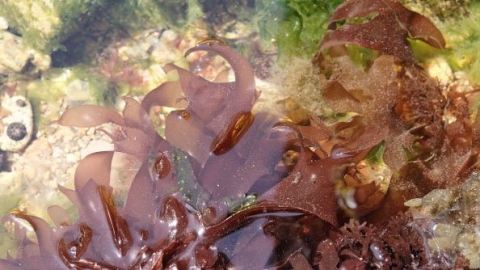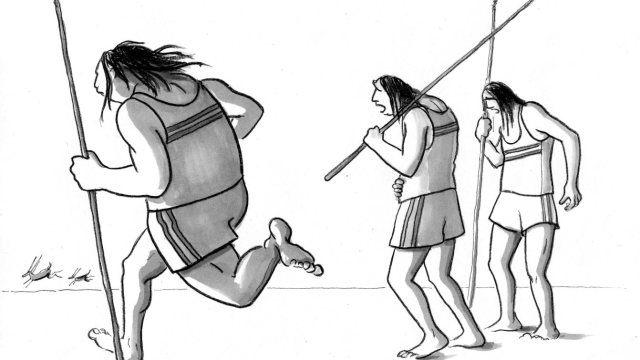This Red Plant Is Twice as Healthy as Kale and Tastes Like Bacon

A plant with twice the nutritional value of kale, reported to taste like bacon when cooked, could soon be entering the U.S. health food market, possibly expanding its reach even wider.
Called dulse, the plant is a red marine algae, i.e., seaweed, and typically reserved for feeding a sea mollusk called abalone, which is a delicacy in Latin America, France, and Southeast Asia.
As a food for human consumption, dulse is popular in northern European countries such as Norway, where it’s ground into a powder for use in nutritional supplements.
The plant has yet to catch on in the U.S., but new research from Oregon State University could change all that. Americans like healthy plants, as the rise of kale has proven, and the super-nutritious, fast-growing dulse could be the next big think.
Oh, and it tastes like bacon when cooked. It’s a true American culinary story in the making. The seaweed was given a test at the Fancy Food Show in San Francisco where it outshone past winners like kale and kombucha:
Chris Langdon at OSU’s Hatfield Marine Science Center has created a unique strain of dulse that contains 16 percent protein in dry weight.
“We were able to grow dulse-fed abalone at rates that exceeded those previously reported in the literature. There always has been an interest in growing dulse for human consumption, but we originally focused on using dulse as a food for abalone.”
When OSU business students took a look at the project, however, they saw much greater potential. They aim to increase OSU’s production from 20-30 pounds per week to more than 100. State officials hope the plant represents a new, exportable industry.
A dulse boom throughout America could contribute to an emerging American cuisine — a point we’ve long been sore about with the Europeans. Chef Dan Barber explains what the future of American cuisine could look like:
Photo credit: Getty Images / BSIP





